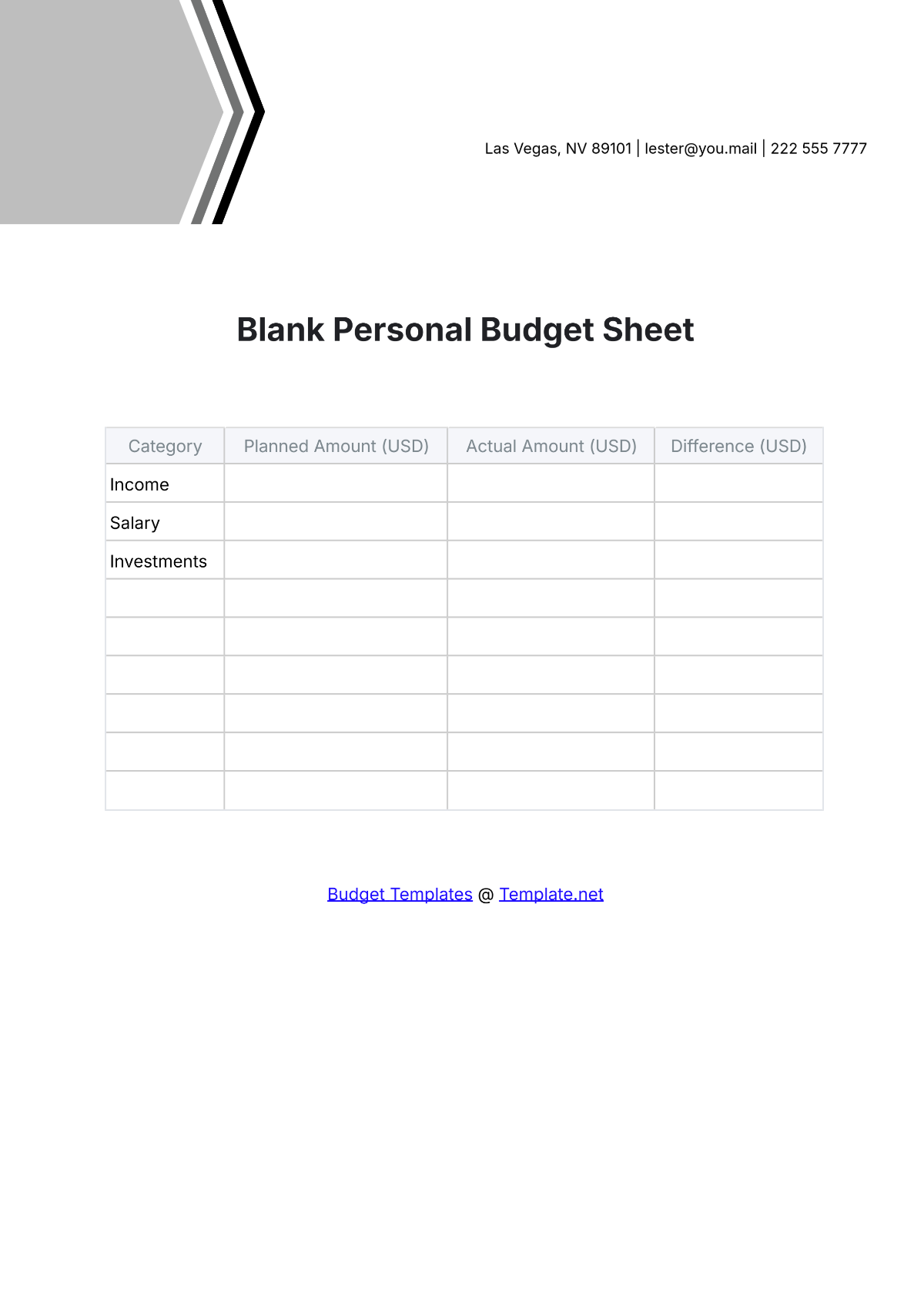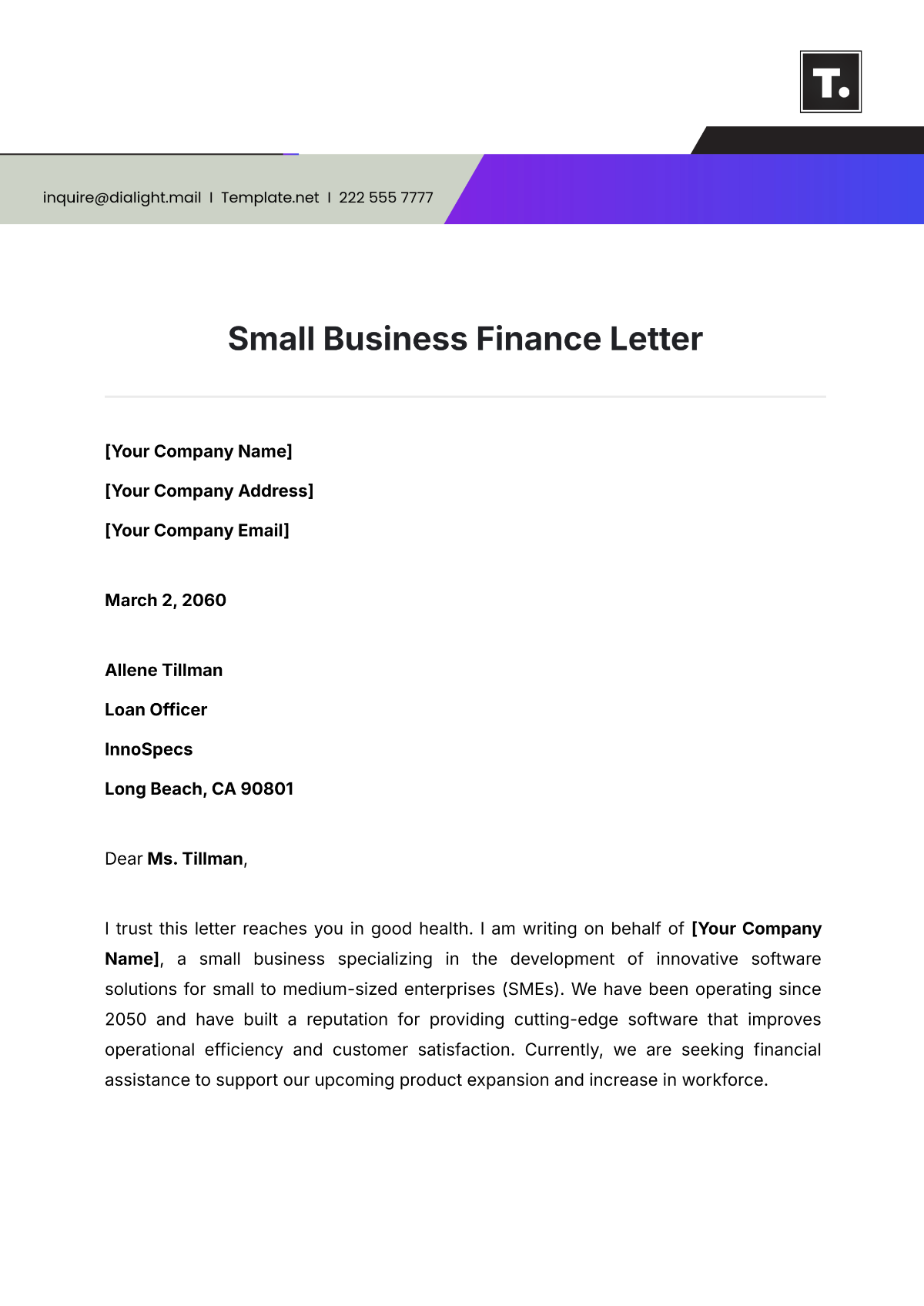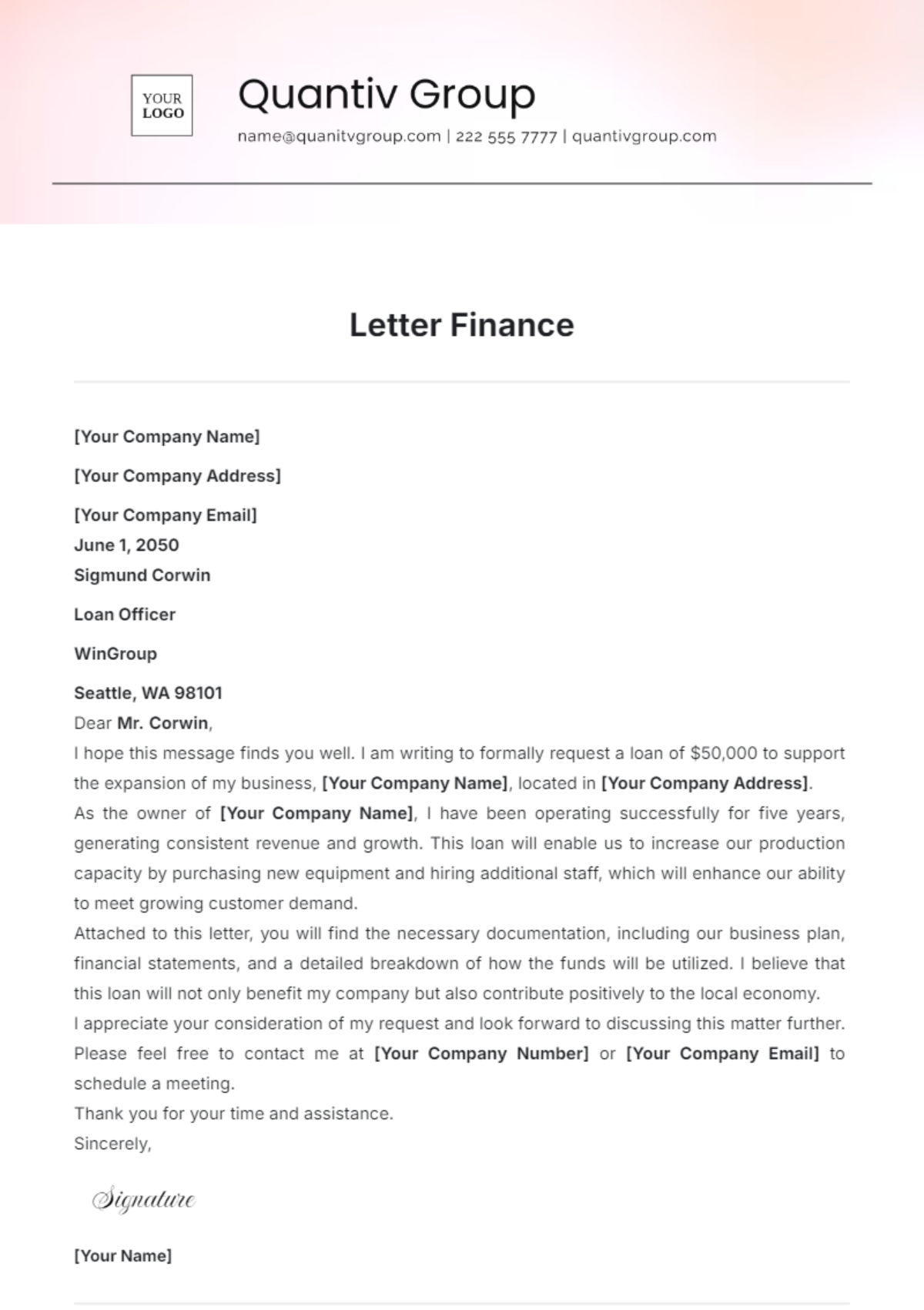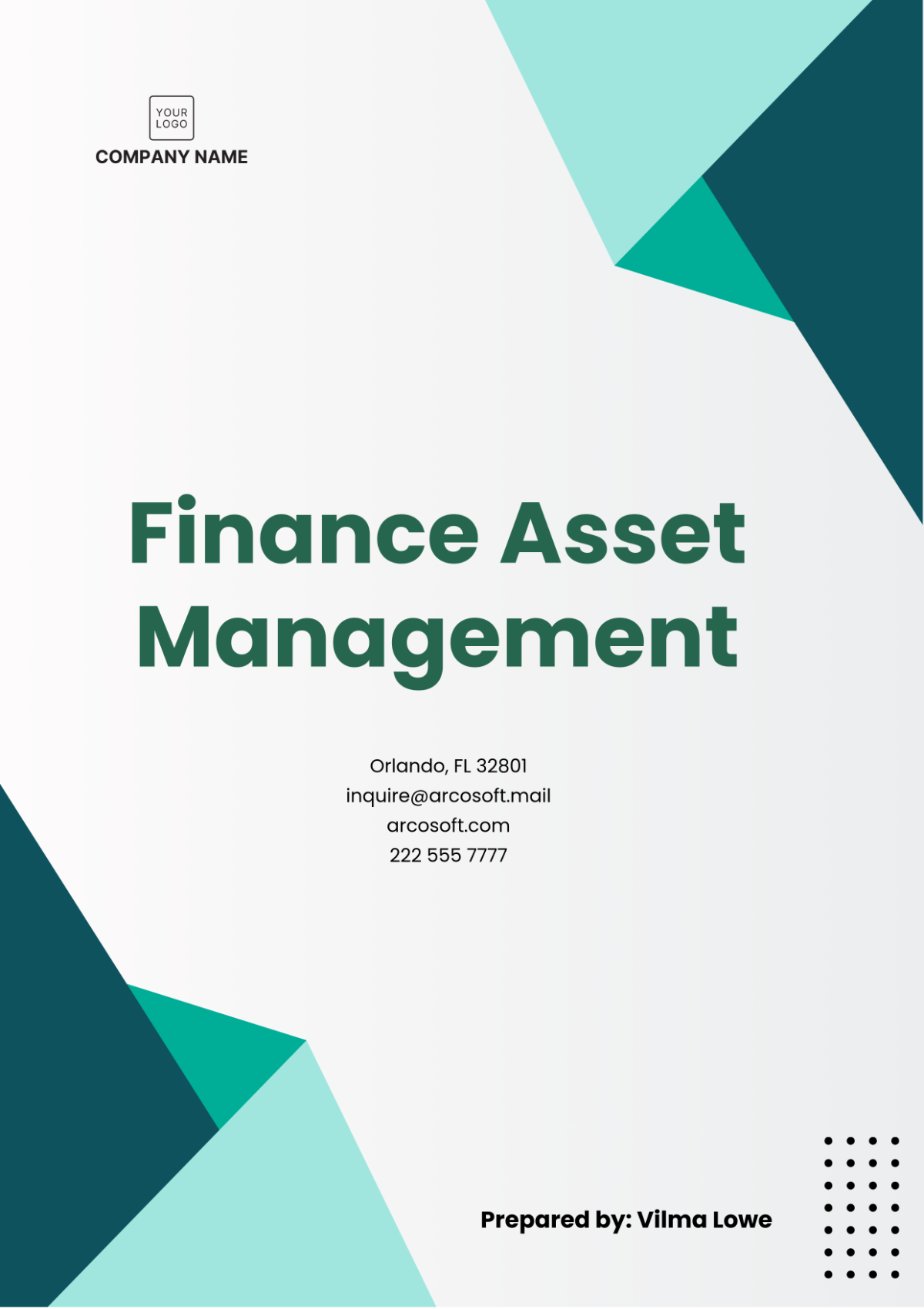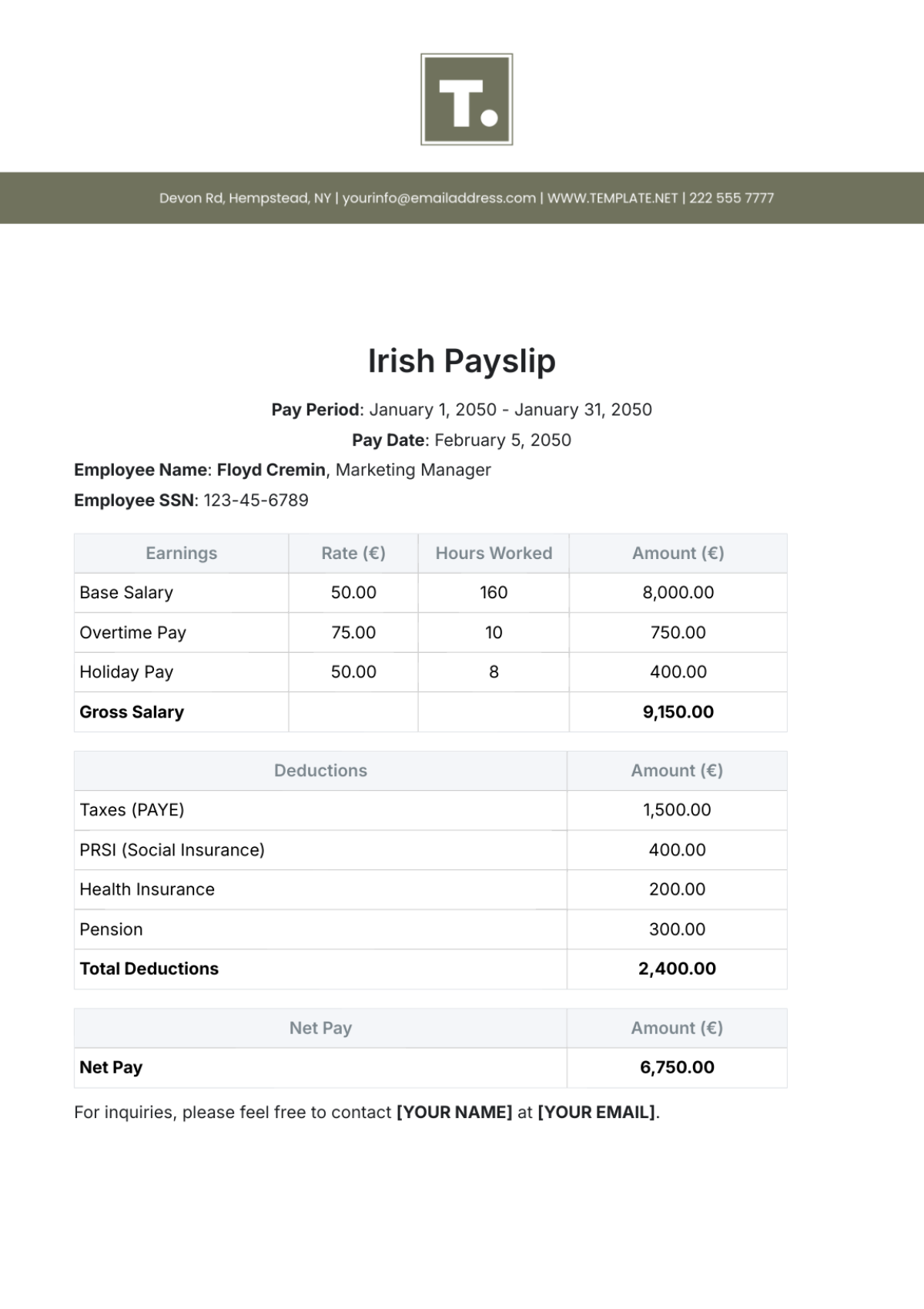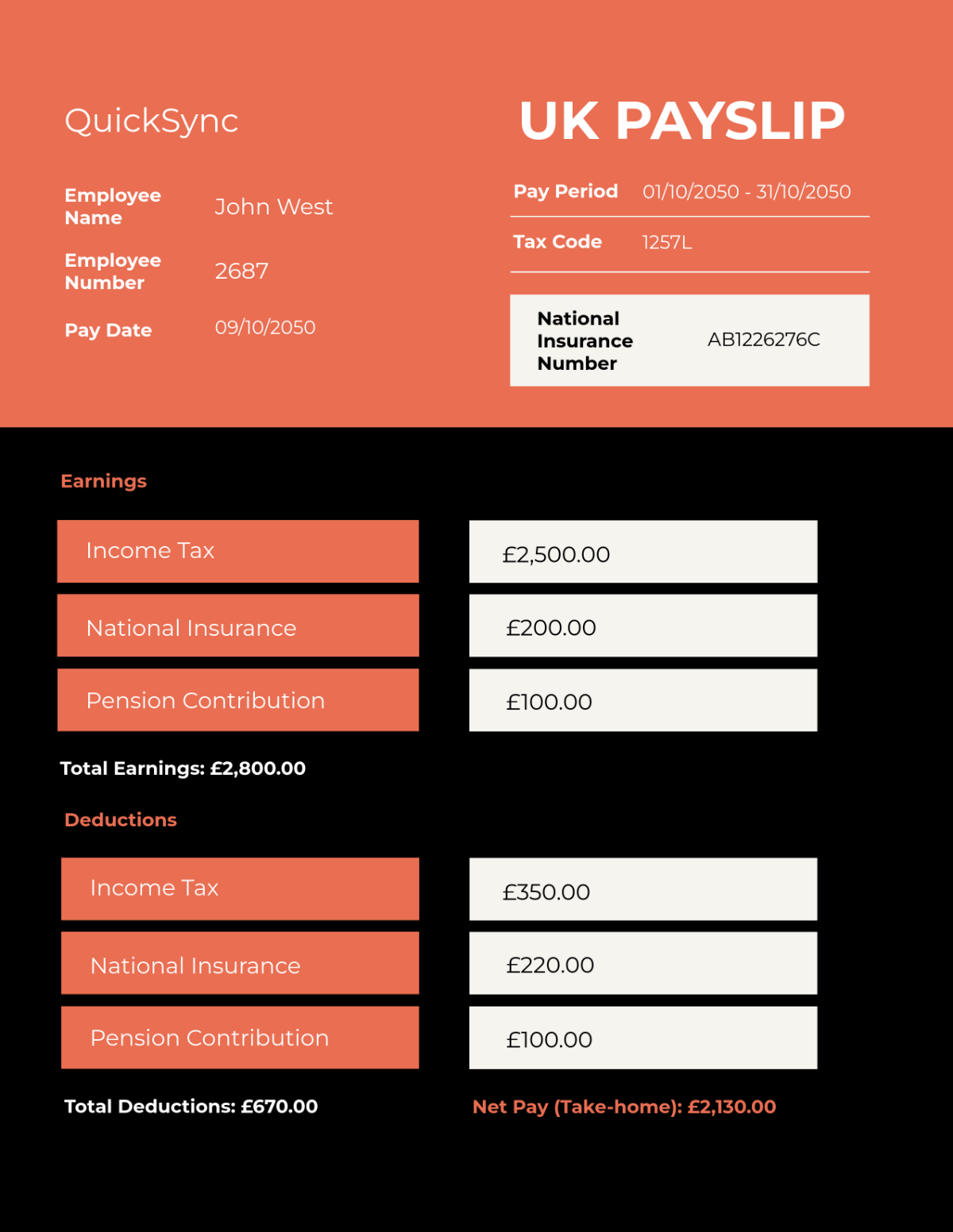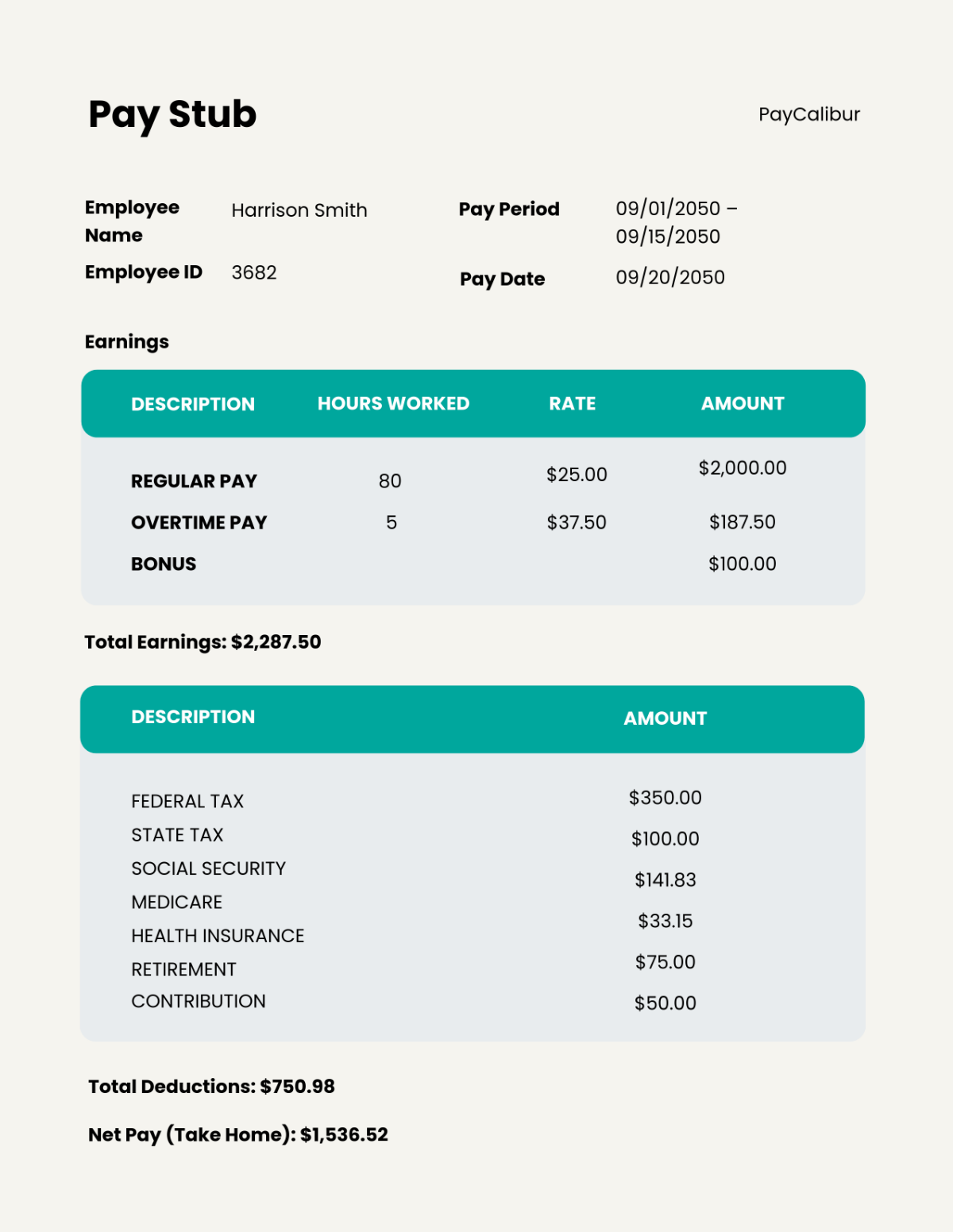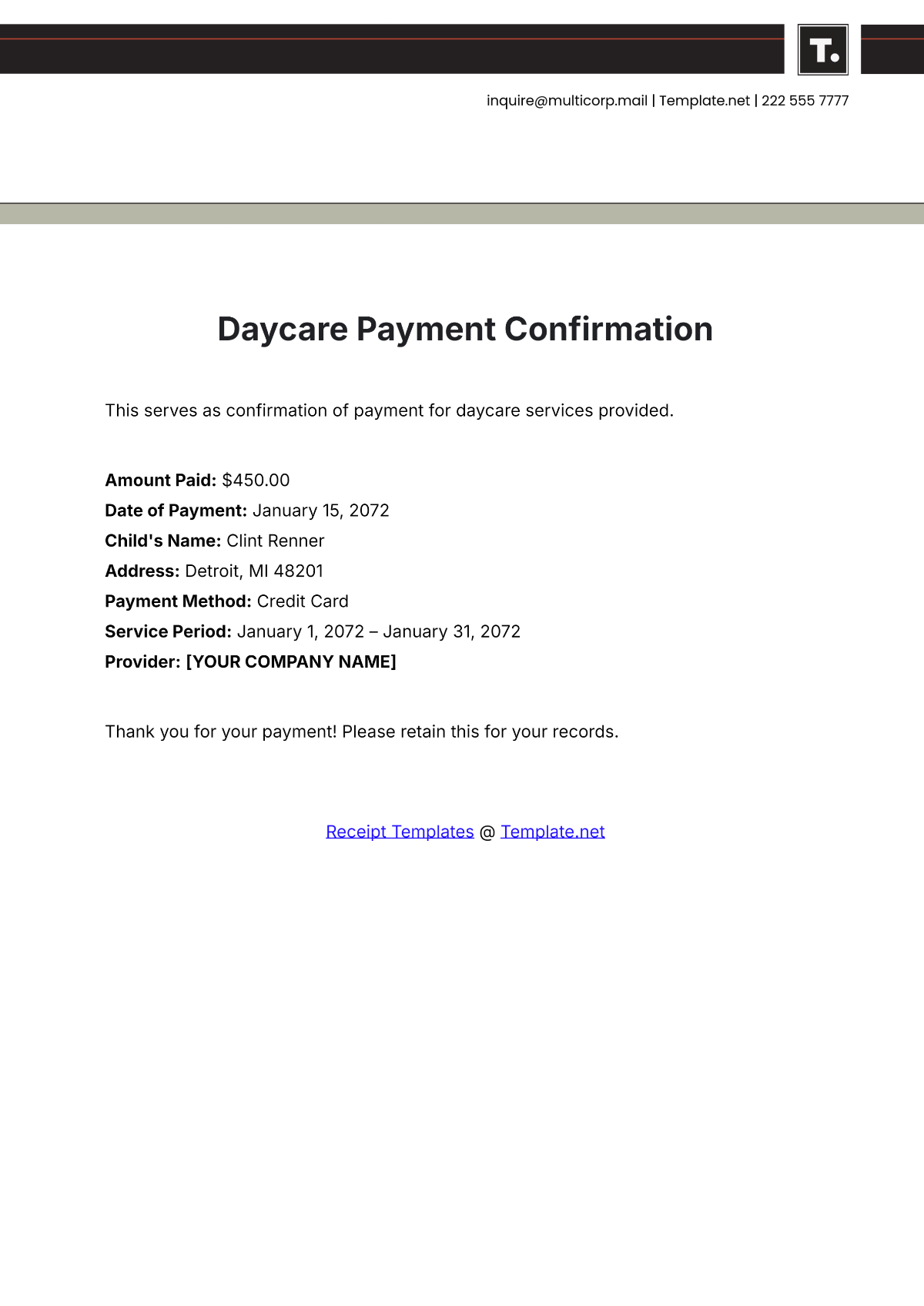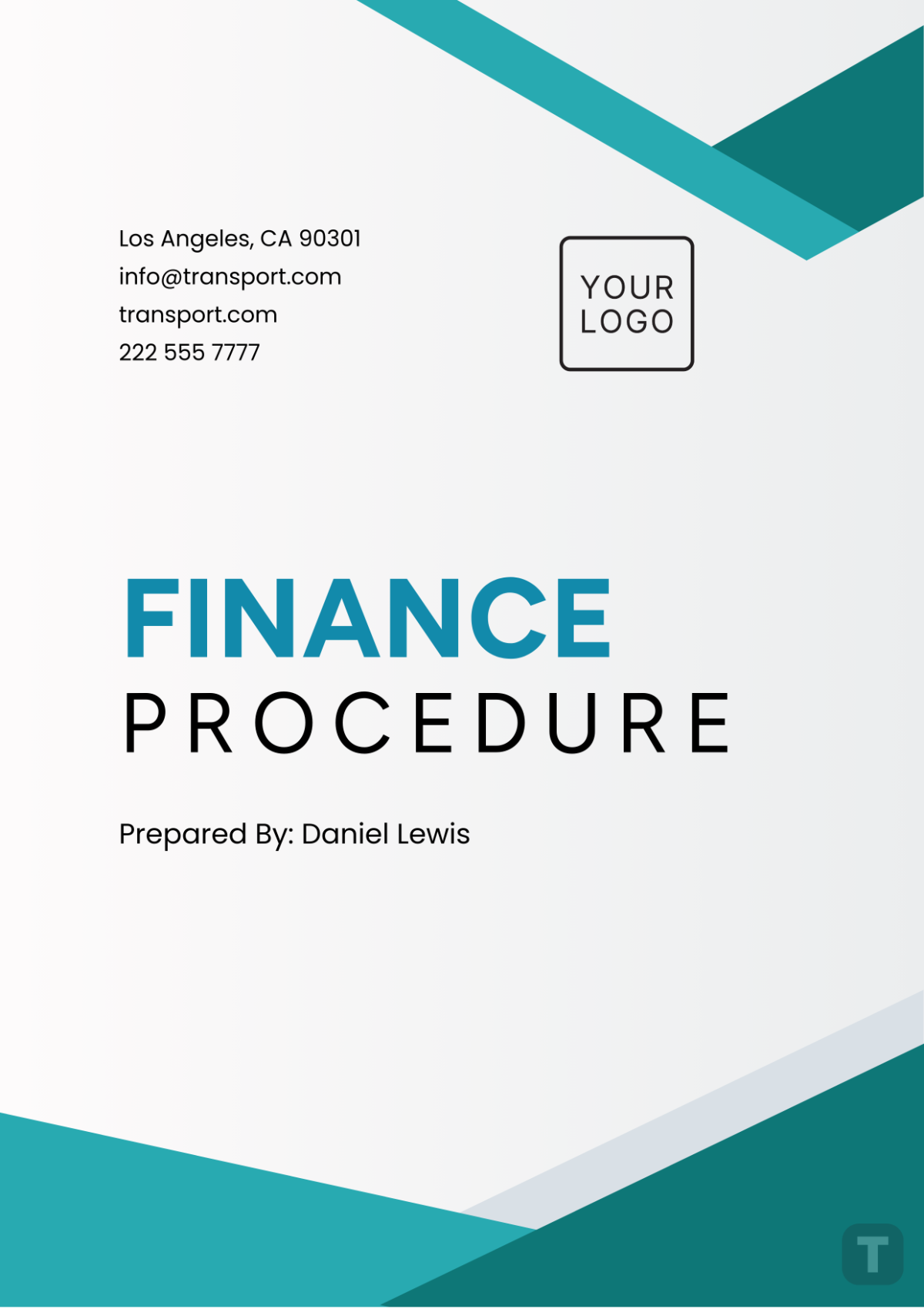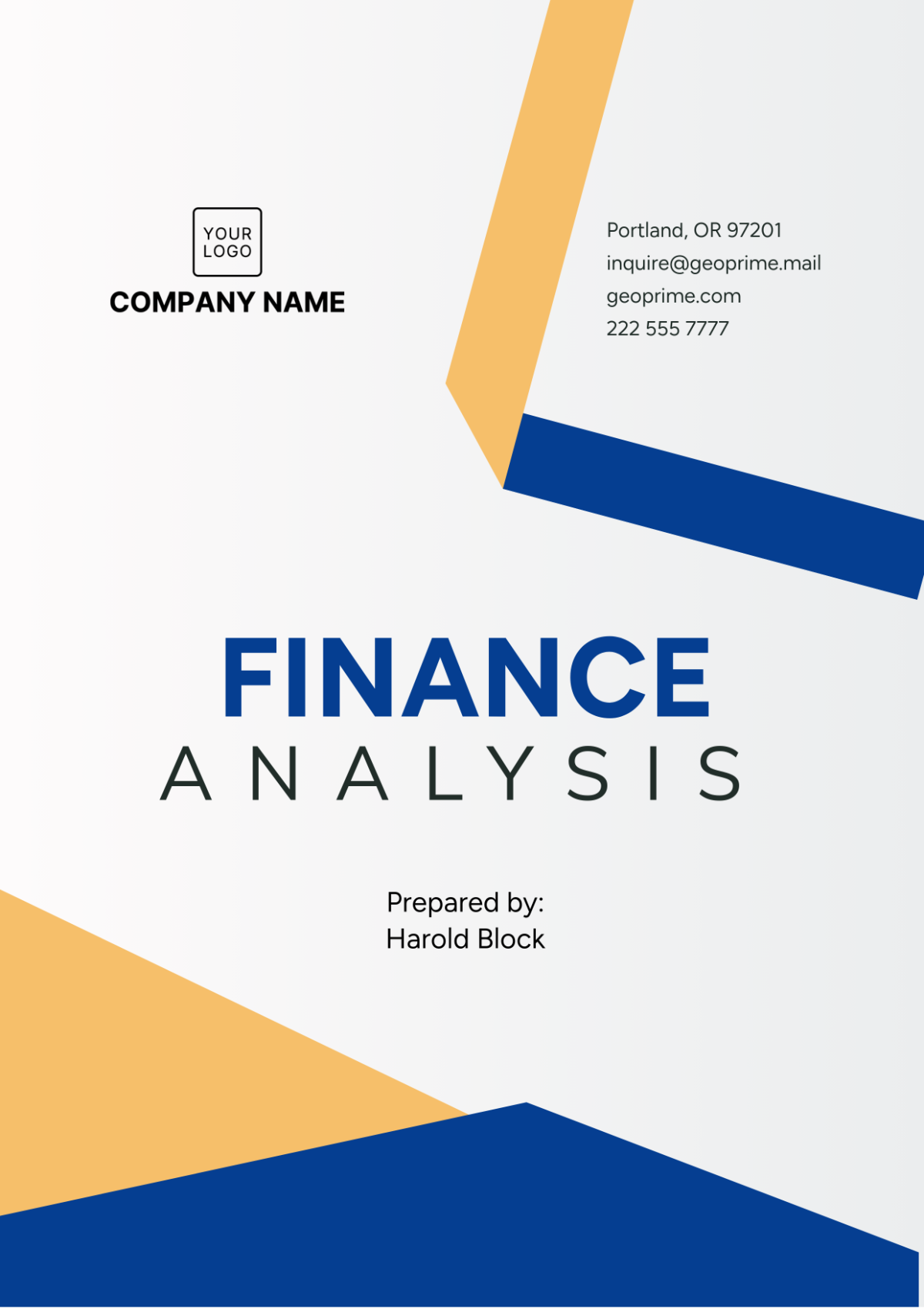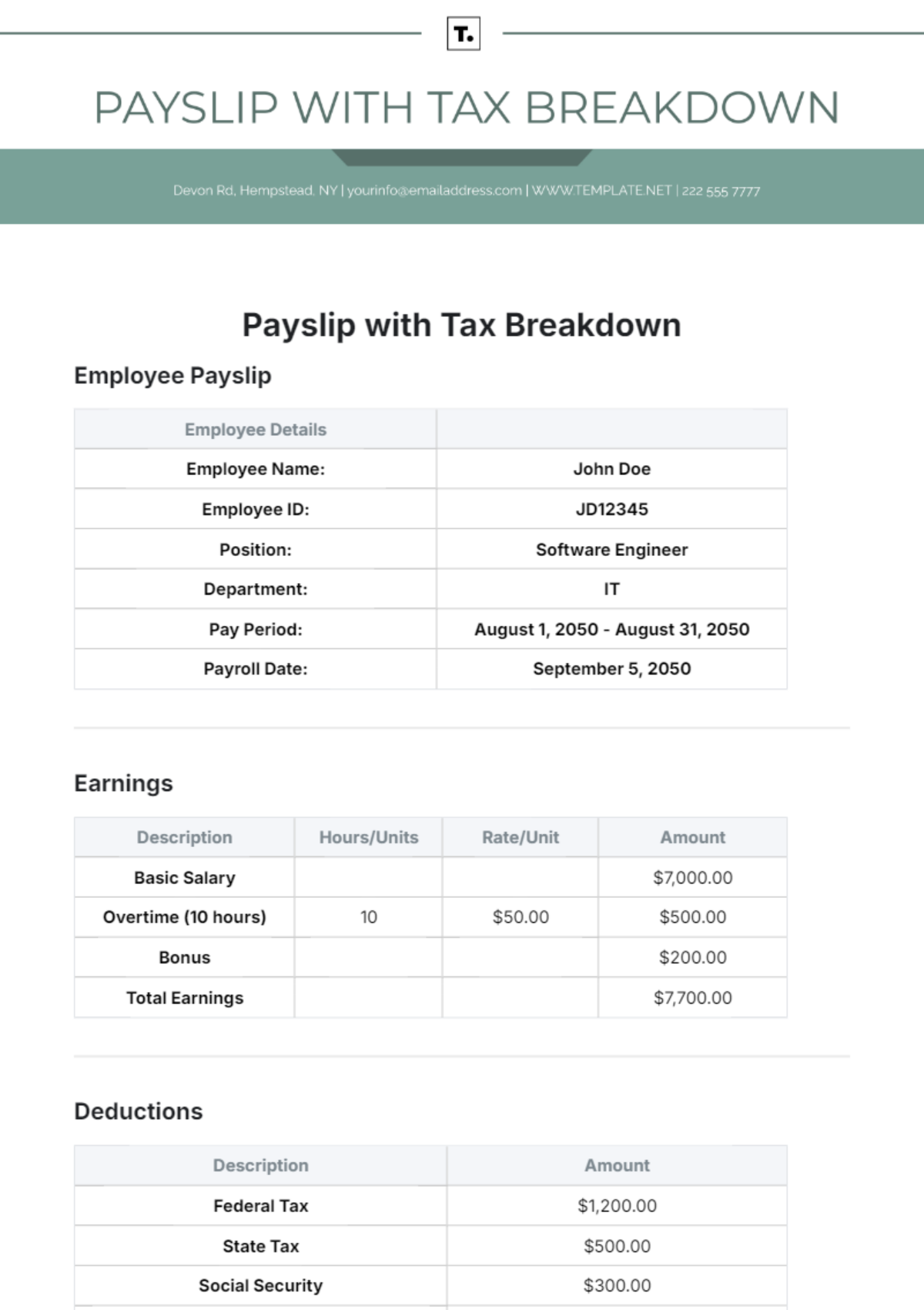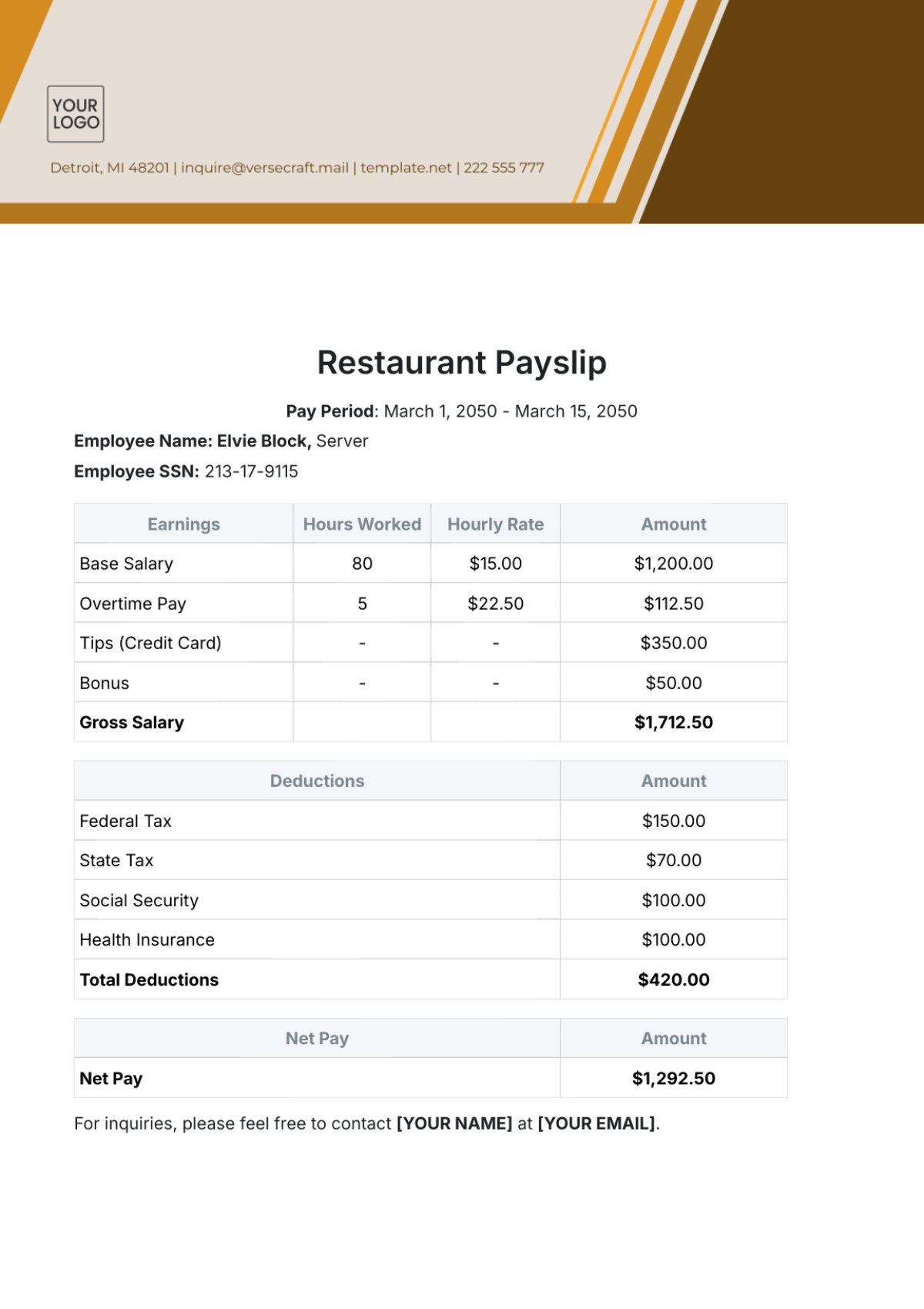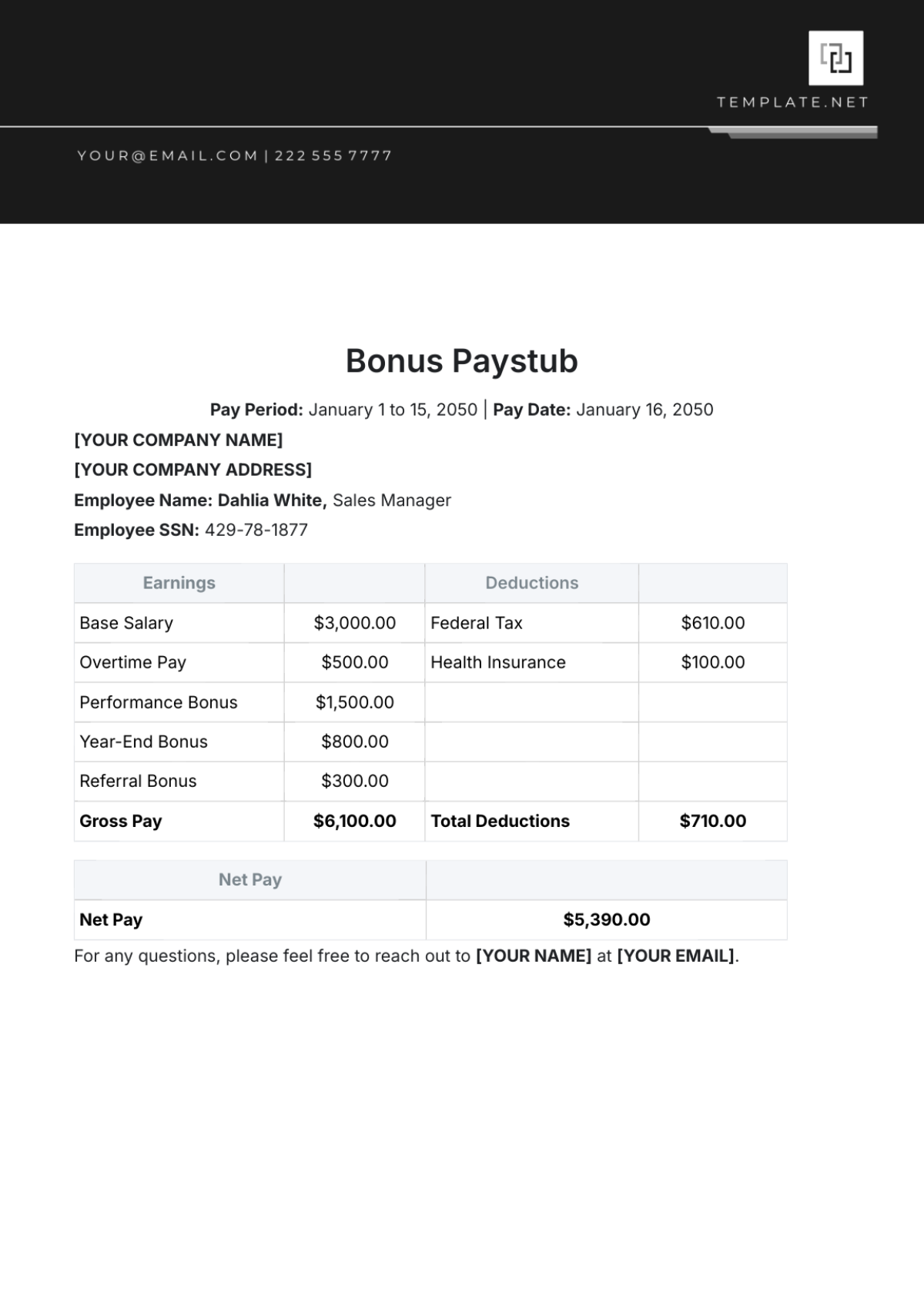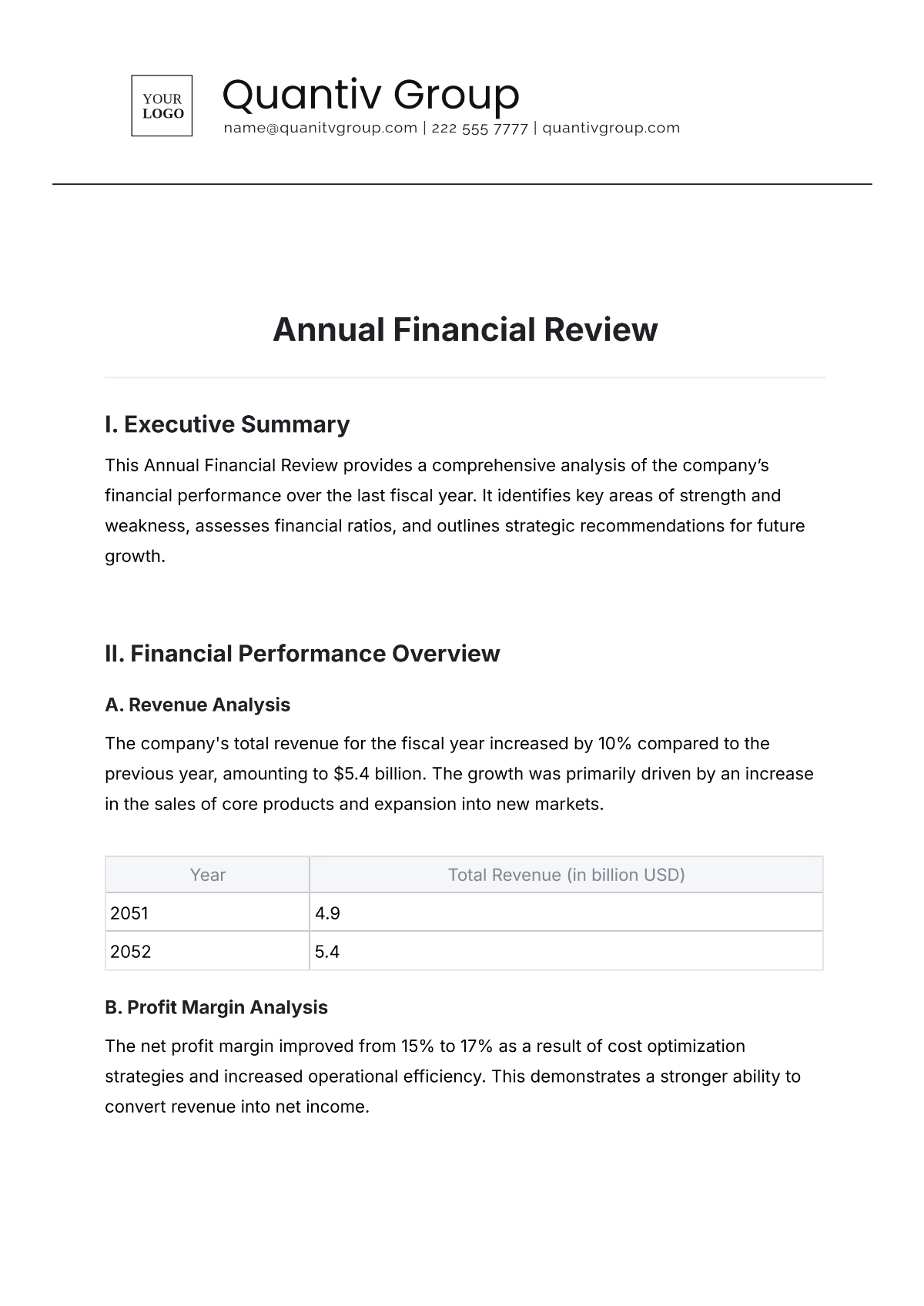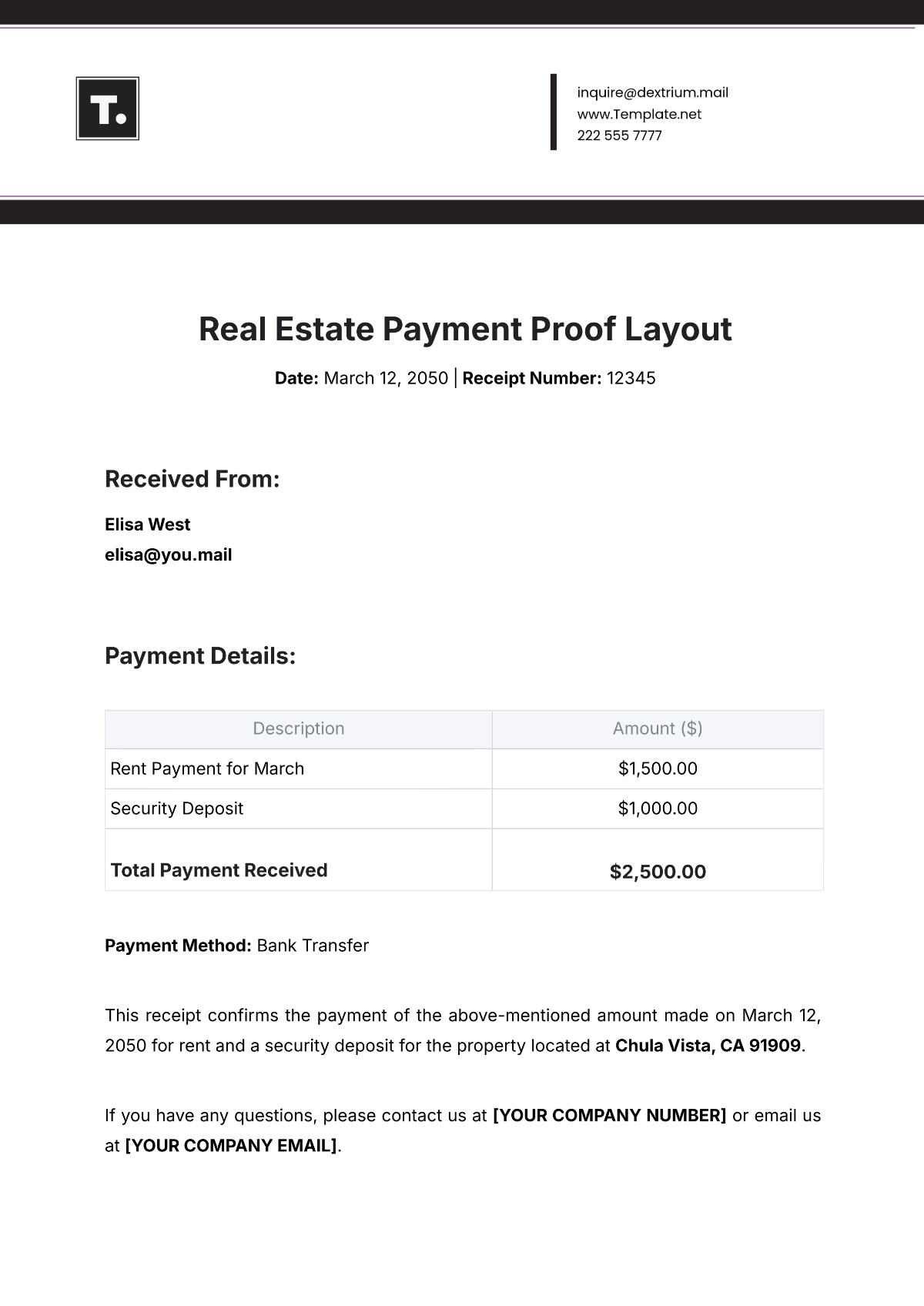In-Depth Financial Investment Guide
Introduction
Welcome to the Guide to In-Depth Financial Investment. This comprehensive guide will equip you with the knowledge and strategies needed to make informed investment decisions. Whether you are just starting or looking to refine your investment approach, this guide is your roadmap to financial success.
Understanding Investment Types
Before diving into investments, it's essential to understand the various asset classes available to investors. Each type has its unique characteristics, risk profiles, and potential returns.
Stocks
Stocks represent ownership in a company and offer the potential for capital appreciation and dividends. Here's an overview of stocks:
Aspect | Description |
Risk | Moderate to high |
Potential Returns | High (but volatile) |
Liquidity | High (can be bought and sold easily) |
Income Generation | Dividends (if the company pays) |
Key Considerations | Company financials, industry trends, market sentiment |
Bonds
Bonds are debt securities issued by governments or corporations. They provide regular interest payments and return the principal at maturity. Key information about bonds:
Aspect | Description |
Risk | Low to moderate |
Potential Returns | Moderate (more predictable than stocks) |
Liquidity | Moderate (can be traded but less liquid than stocks) |
Income Generation | Interest payments (coupon) |
Key Considerations | Creditworthiness, interest rates, bond duration |
Real Estate
Real estate investments involve owning physical properties or real estate investment trusts (REITs). Real estate can provide both rental income and capital appreciation. Considerations for real estate:
Aspect | Description |
Risk | Moderate to high (varies by location and type) |
Potential Returns | Moderate to high (historically appreciates over time) |
Liquidity | Low (property sales can take time) |
Income Generation | Rental income, property appreciation |
Key Considerations | Location, property type, market trends |
Mutual Funds
Mutual funds pool money from multiple investors and invest in a diversified portfolio of stocks, bonds, or other assets. Here's what you need to know about mutual funds:
Aspect | Description |
Risk | Varies (depends on the underlying assets) |
Potential Returns | Varies (depends on the fund's objectives) |
Liquidity | High (can be bought/sold daily at NAV) |
Income Generation | Dividends, capital gains distributions |
Key Considerations | Fund type (equity, bond, balanced), expense ratios |
Commodities
Commodities include physical goods like gold, oil, and agricultural products. They can be a hedge against inflation and offer diversification. Key information about commodities:
Aspect | Description |
Risk | Moderate to high (varies by commodity) |
Potential Returns | Moderate to high (depends on commodity prices) |
Liquidity | Varies (some commodities are more liquid than others) |
Income Generation | Potential for price appreciation |
Key Considerations | Supply and demand dynamics, global events |
Setting Financial Goals
Before making any investments, it's crucial to define your financial goals. Your goals will influence your investment choices and time horizon.
Short-Term Goals
Short-term financial goals typically have a horizon of one to three years and include:
Emergency fund creation.
Saving for a vacation or major purchase.
Paying off high-interest debt.
To achieve these goals, consider low-risk investments with liquidity.
Long-Term Goals
Long-term financial goals have a horizon of five years or more and may include:
Retirement planning.
Funding children's education.
Building substantial wealth.
Long-term goals can accommodate higher-risk investments with the potential for greater returns.
Risk Assessment
Understanding and managing risk is fundamental to successful investing. Let's explore key aspects of risk assessment:
Risk Tolerance
Your risk tolerance reflects your comfort level with potential investment losses. Assess your risk tolerance using the following table:
Risk Tolerance | Description | Suitable Investments |
Low | Prefer capital preservation | Bonds, money market funds |
Moderate | Willing to accept some fluctuations | Balanced portfolios, diversified funds |
High | Comfortable with significant volatility | Stocks, growth-oriented investments |
Diversification
Diversification involves spreading investments across different asset classes to reduce risk. Here's a sample diversification table:
Asset Class | Allocation (%) |
Stocks | 60% |
Bonds | 30% |
Real Estate | 5% |
Commodities | 5% |
Risk-Return Tradeoff
Understanding the relationship between risk and potential returns is crucial. The table below illustrates this tradeoff:
Risk Level | Expected Returns |
Low | Low |
Moderate | Moderate |
High | High |
Research and Analysis
Before making investment decisions, conduct thorough research and analysis to evaluate potential investments.
Fundamental Analysis
Fundamental analysis involves evaluating a company's financial health and prospects. Key elements to analyze:
Earnings per share (EPS).
Price-to-earnings (P/E) ratio.
Debt-to-equity ratio.
Here's a table for tracking fundamental data:
Company | EPS | P/E Ratio | Debt-to-Equity Ratio |
Company A | $4.50 | 15 | 0.50 |
Company B | $2.80 | 20 | 0.60 |
Company C | $5.20 | 18 | 0.45 |
Technical Analysis
Technical analysis involves studying price charts and market trends. Use charts to identify support and resistance levels. An example table:
Date | Stock Price ($) | 50-Day Moving Average ($) | 200-Day Moving Average ($) |
01/01/2050 | $50 | $48 | $45 |
02/01/2050 | $52 | $51 | $46 |
03/01/2050 | $55 | $53 | $47 |
04/01/2050 | $53 | $54 | $48 |
05/01/2050 | $56 | $55 | $49 |
06/01/2050 | $58 | $57 | $50 |
07/01/2050 | $60 | $59 | $51 |
08/01/2050 | $62 | $61 | $52 |
09/01/2050 | $61 | $60 | $53 |
10/01/2050 | $63 | $62 | $54 |
Market Research
Stay informed about economic and market developments. Here's a table to track relevant news and events:
Date | Event Description | Impact on Investments |
01/01/2050 | Federal Reserve interest rate decision | Moderate |
02/15/2050 | Company earnings reports | High |
03/10/2050 | Trade negotiations update | Moderate |
Creating an Investment Portfolio
Building a well-balanced investment portfolio is crucial for achieving your financial goals.
Asset Allocation
Allocate your investments among different asset classes based on your risk tolerance and goals. Here's a sample allocation:
Asset Class | Allocation (%) |
Stocks | 60% |
Bonds | 30% |
Real Estate | 5% |
Commodities | 5% |
Portfolio Diversification
Diversify within each asset class to further reduce risk. An example diversified stock portfolio:
Stock | Allocation (%) |
Company A | 30% |
Company B | 25% |
Company C | 20% |
Company D | 15% |
Company E | 10% |
Rebalancing
Periodically review and adjust your portfolio to maintain your target allocation. A rebalancing table:
Asset Class | Target (%) | Current (%) | Action Required |
Stocks | 60% | 65% | Sell stocks |
Bonds | 30% | 25% | Buy bonds |
Value Investing
Value investors seek undervalued stocks trading below their intrinsic value. A table for tracking value stocks:
Company | Stock Price | Intrinsic Value | Buy/Sell Decision |
Company A | $45 | $60 | Buy |
Company B | $30 | $40 | Buy |
Company C | $75 | $65 | Sell |
Growth Investing
Growth investors focus on companies with high growth potential. Monitor growth stocks with this table:
Company | Revenue Growth (%) | Earnings Growth (%) | Buy/Sell Decision |
Company A | 15 | 20 | Buy |
Company B | 25 | 30 | Buy |
Company C | 10 | 12 | Hold |
Income Investing
Income investors seek assets that generate regular income. Track income investments:
Investment | Annual Income ($) | Yield (%) | Buy/Sell Decision |
Dividend Stocks | $1,200 | 3.5% | Buy |
Real Estate (Rent) | $2,500 | 4.0% | Buy |
Bonds | $900 | 2.2% | Hold |
Market Timing
Market timing involves trying to buy and sell assets based on market predictions. It's challenging and may not be suitable for all investors. Use caution.
Tax Considerations
Optimize your investments for tax efficiency to maximize your after-tax returns.
Tax-Efficient Investing
Minimize taxes on your investment gains by utilizing tax-efficient investment vehicles such as IRAs and 401(k)s.
Capital Gains Tax
Understand capital gains tax rates and consider strategies like tax-loss harvesting to reduce tax liabilities.
Monitoring and Review
Regularly monitor your investment portfolio and make adjustments as needed to stay on track with your goals.
Regular Portfolio Review
Conduct periodic reviews to assess the performance of your investments. A sample review table:
Date | Portfolio Value ($) | Monthly Return (%) | Annualized Return (%) |
01/01/2050 | $100,000 | -0.50% | -6.00% |
02/01/2050 | $101,200 | 1.20% | 14.40% |
03/01/2050 | $102,800 | 1.60% | 19.20% |
04/01/2050 | $103,500 | 0.70% | 8.40% |
05/01/2050 | $105,000 | 1.40% | 16.80% |
06/01/2050 | $104,750 | -0.20% | -2.40% |
07/01/2050 | $106,300 | 1.50% | 18.00% |
08/01/2050 | $107,500 | 1.10% | 13.20% |
09/01/2050 | $108,800 | 1.20% | 14.40% |
10/01/2050 | $109,600 | 0.70% | 8.40% |
11/01/2050 | $109,200 | -0.40% | -4.80% |
12/01/2050 | $110,000 | 0.70% | 8.40% |
Adjusting Your Portfolio
Make changes to your portfolio based on changing market conditions, goals, and risk tolerance.
Conclusion
Congratulations! You now possess the knowledge and tools to navigate the world of in-depth financial investment. Remember that successful investing requires continuous learning and adaptability. Always consult with a financial advisor before making significant investment decisions.
Glossary
Asset Allocation: The distribution of investments across different asset classes.
Diversification: Spreading investments to reduce risk.
Risk Tolerance: The level of risk an investor is comfortable with.
Fundamental Analysis: Analyzing a company's financial health.
Technical Analysis: Analyzing market trends.
Capital Gains Tax: Tax on profits from investments.
